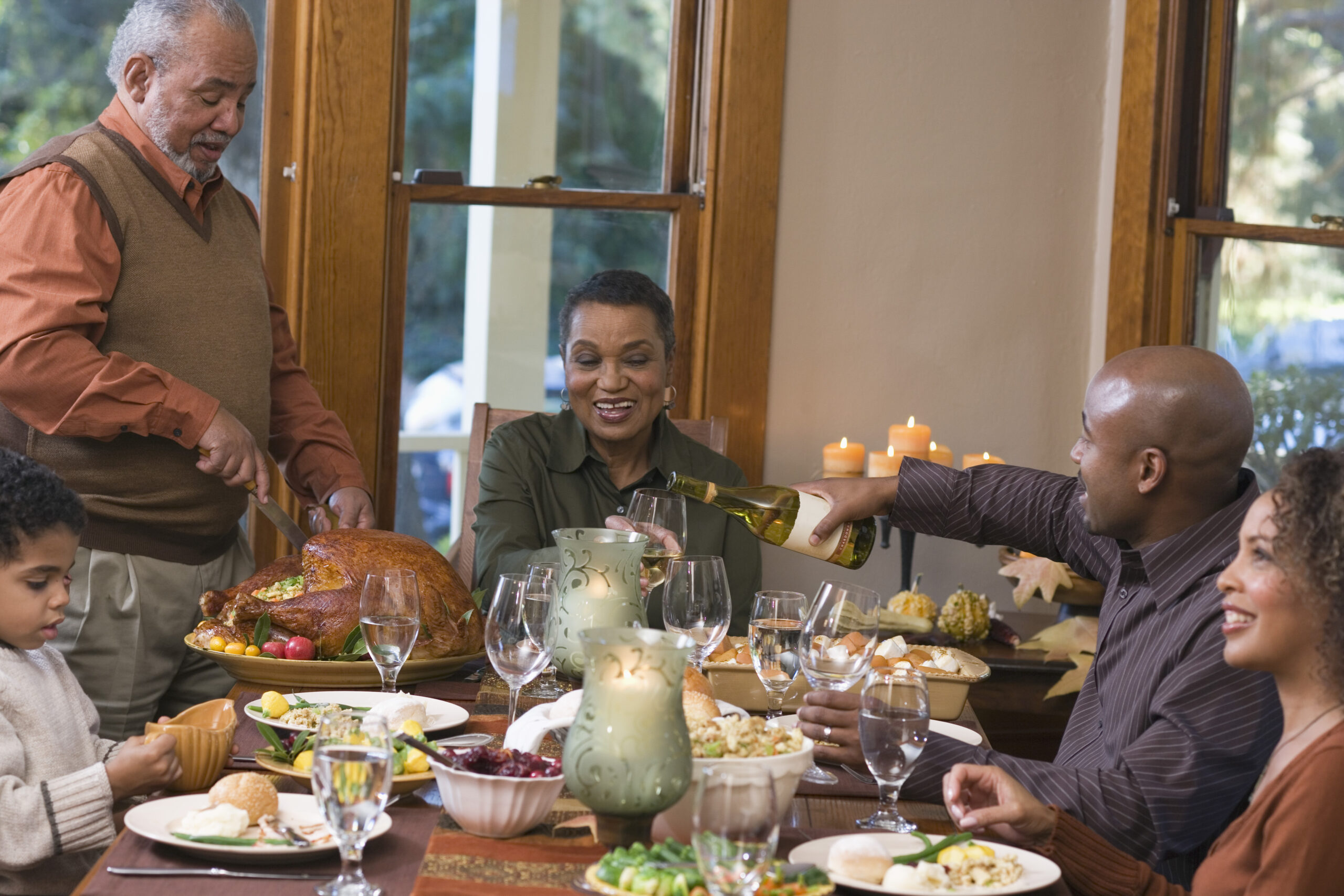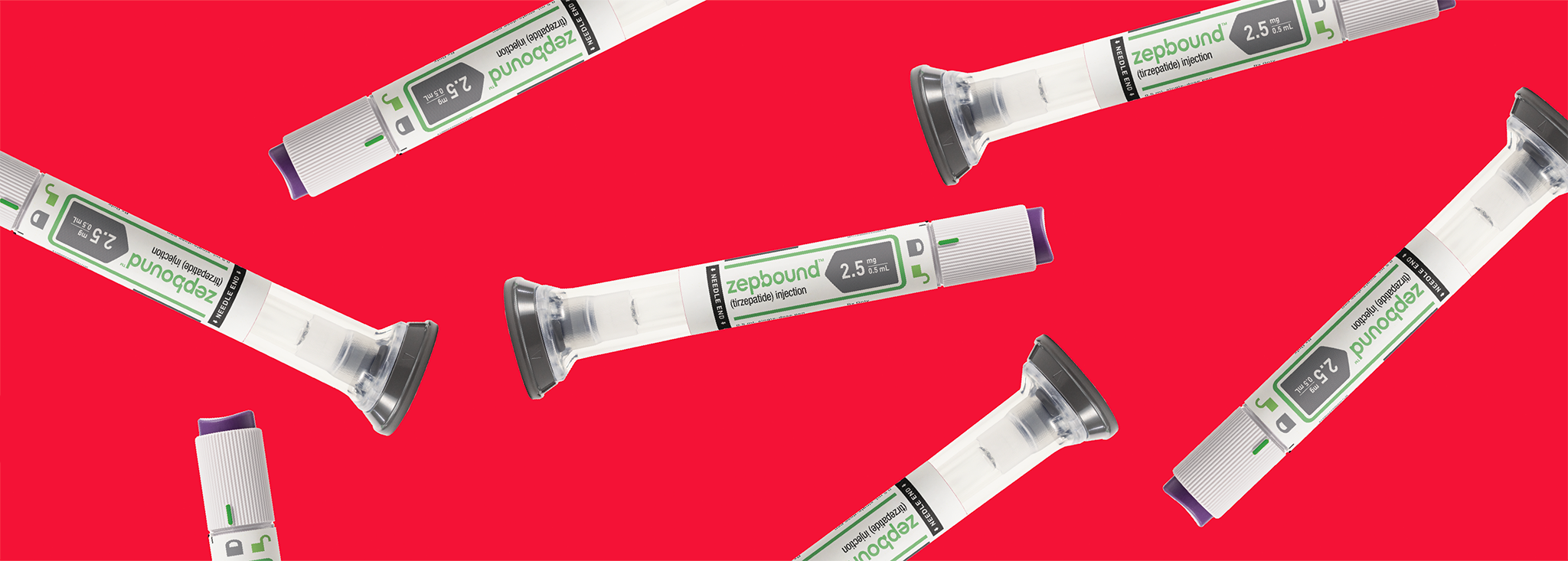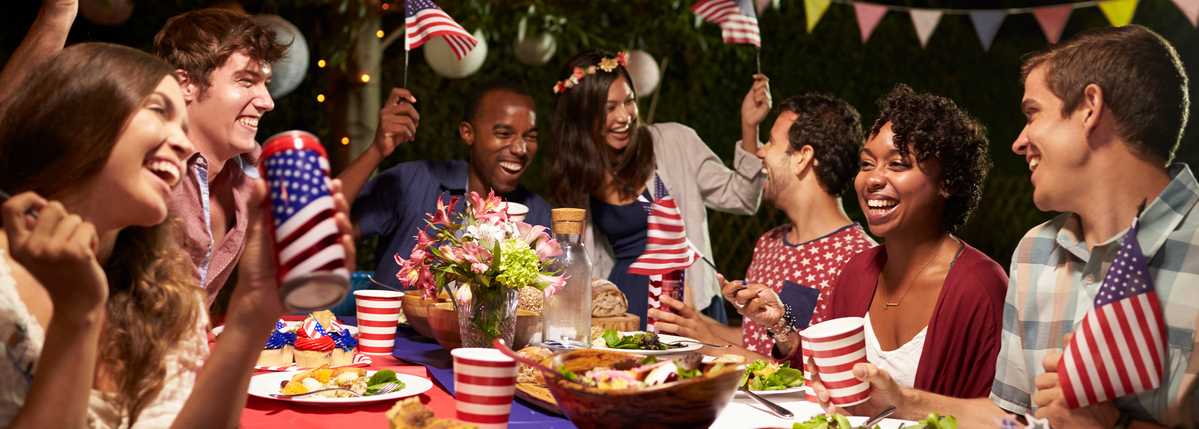The Type 2 Diabetes Guide to Thanksgiving
Written by: T'ara Smith, MS, Nutrition Education
9 minute read
November 22, 2019
We're thankful for the chance to bring our guide to Thanksgiving for people with Type 2 Diabetes! Read how to get ready for the holiday here!
It’s that time of year again! You know, the one where it gets a little chilly and your family gathers around to celebrate what you’re thankful for. In the midst of this celebration, you’re eating some amazing food. Whether it’s your grandma’s pie, your aunt’s tender turkey, or your cousin’s delectable dessert, we want you to be prepared for one of the biggest food holidays of the year.
Just to let you know, we’re not going to tell you to not eat any particular food. We’re simply going to give you some strategies on how to navigate Thanksgiving without spiking your blood sugar (hopefully not too much) and enjoy the day as you were meant to.
In this guide, here’s what you can expect:
- Tips on making healthy substitutions to Thanksgiving favorites without sacrificing flavor
- How to answer the “Can you eat that?” question
- Planning Your Meals Ahead
- Exercising on Thanksgiving Day

A Typical Thanksgiving Menu
A typical Thanksgiving dinner is enough to feed many people for days.
Everyone’s dinners and traditions vary, but here are some common dishes you can expect:
- Turkey
- Ham
- Sweet Potatoes/Yams
- Green Beans/Green Bean Casserole
- Mac and Cheese
- Apple, sweet potato, cherry, and pumpkin pie
- Cranberry sauce
- Collard greens
- Stuffing
- Corn
- Mashed potatoes and gravy
- Rolls with butter
Plan Your Meals
Know before you go. How much do you plan to eat? Survey your habits from previous holiday dinners and be kindly honest with yourself— are you someone who likes to indulge and eat until you put yourself into a food coma?
If that’s you, we can relate. Here are some tips to use for your game plan:
Ask What’s on the Menu
If you’re a guest at someone’s home, call a day or two ahead of time to ask what’s being served. If you’re worried about the perception of being rude, tell the host you’re inquiring because you’re closely monitoring your blood sugar or any other health-related reason you’re comfortable sharing.
Prioritize Portion Sizes
We know that our eyes are bigger than our stomachs and that seems to be especially the case on Thanksgiving. Managing portion sizes is the way to keep ourselves from overeating. To remove the guessing game of serving sizes, bring your own utensils to measure them. Another good tip here is to eat as much as you would a normal dinner and if you want to indulge, keep track of that extra food using a calorie or carb counter. To learn how much the carb counts of Thanksgiving dishes, click here.
In the end, the goal here is to anticipate how much you should eat, not how much you can eat.
Fill Your Plate with Vegetables
One of the great things about Thanksgiving dinners is the use of amazing fall root vegetables and leafy green vegetables. The plate method is a great way to determine how much space vegetables should occupy on your plate. Plus, vegetables are filling, naturally low in carbs, and high in fiber. If you’re wondering if your aunt’s green bean casserole counts, it does.
Log Your Food Diary Before Eating
One day of indulging won’t derail all of the work you’ve put into managing your diet. But, logging which foods you want to eat ahead of time will help you stay on track of your health goals. By using this stress-reducing method, you can refer to your food diary to remind yourself of how many servings of food you plan to eat. And if you go a little over your planned portions? You can simply notate it in your diary, as well as note how it impacted your blood sugar.
Eat a Snack Before Dinner
If dinner is at 4 pm, please don’t wait until then to finally eat something. Other than issues like low blood sugar, waiting until you’re seriously famished to eat may cause you to overeat. Eat a light snack prior to hold you over.
Exercise
Though you may not be able to “cancel out” your holiday feast calories, getting in that pre-Thanksgiving workout can have its benefits. You can jumpstart your metabolism, find yourself in a better mood, and be more motivated to eat healthier. Even though you may be ready to find the nearest bed after eating, going for a walk after dinner helps with digestion.
Healthy Cooking Substitutions and Adjustments
When you make your star dish, find ways to reduce calories, fat, calories and add nutritional value. Here are some tips to follow:
Fat:
Instead of butter, margarine, or vegetable oil, use olive, grapeseed, avocado, or canola oil. If you need butter, try to reduce as much as you can and use another oil to make up for the rest. If you’re making a cream-based dish, opt for fat-free or half-and-half cream.
Sugar:
You can use artificial sweeteners instead of white granulated sugar or brown sugar in your desserts. However, if you’re baking, some recipes require you use some granulated sugar and have substitution ratios.
Carbs:
You can reduce the number of carbs or add in more nutritious carbs to any dish. Let’s use two examples: macaroni and cheese and mashed potatoes. For mac and cheese, you can find a low-carb pasta, substitute cauliflower for pasta, or replace regular wheat semolina pasta with whole-grain or whole wheat pasta. For mashed potatoes, you can substitute or mix regular white potatoes with cauliflower and root vegetables like parsnips and rutabagas. Feeling more adventurous? You can make sweet potato mash. Sweet potatoes are high in vitamin A and are slightly lower in carbs than white potatoes.
Sodium:
Cut down on the extra salt by using low-sodium broths, dressings and canned goods. Rely on the usage of fresh and dried herbs, vinegar and even lemon to boost flavor. If you’re using salt, use a measuring spoon to keep yourself from using more salt than necessary.
Remember, you can do all of this without sacrificing flavor. If you do that, your family won’t notice the other substitutions you made. Bonus? You may inspire someone to try making healthy substitutions on their own.
Should Guests Bring Healthy Dishes?
If you’re the host of Thanksgiving dinner, allow your guests to bring dishes they’re comfortable with, however, you can also encourage them to bring healthy foods, too.
Recipes for the Holidays
Whether you’re hosting dinner or bringing a dish, these blood-sugar friendly recipes that will be a hit at the dinner table:
Roasted Maple Brussels Sprouts with Apples and Walnuts
 How to Answer the “Can You Eat That?” Question
How to Answer the “Can You Eat That?” Question
Whew, boy. You’re probably wondering what your family and friends may think when you reach for dessert or a serving of mashed potatoes. If you’re reading this, you’re probably anticipating that well-meaning but still frustrating question: Can you eat that?
You could respond a few different ways:
“Of course, my mouth and digestive system still function.”
“Did I lose the ability to open my mouth to eat or something?”
“Has this food suddenly become inedible, why do you ask?“
Of course, those above responses are sarcastic and may be taken the wrong way depending on your tone. So, you can cut to the chase and say something like:
“Yes, I can eat this. It fits within my health goals. Thanks for your concern! I really appreciate it.”
The above response is succinct, sets boundaries and ends that line of questioning quickly. However, if someone insists on inquiring more about your diet, you can decide how much information you’d like to reveal about your diabetes regimen. Keep in mind, most people who seek more information don’t mean any harm, but if you feel uncomfortable sharing, gently say so. Here’s an example below:
“Thanks for asking! People with diabetes have different diets/different ways to manage diabetes. I found a way to eat in a way/manage diabetes that’s enjoyable/works for me. I don’t feel comfortable sharing more than that. However, I’m happy to point you to some amazing resources such as Beyond Type 2 where you can learn more about living with diabetes!”
Should You Take Home Leftovers?
This is such a good question. The answer? Only if it’s conducive to your diabetes goals and you follow your own rules for portion control. If you don’t trust yourself to do so, politely decline to take home an extra plate.
Things to Remember:
Test your blood sugar prior to and after the meal. Keep track of your blood sugars. If you start to feel unwell such as being more fatigued than usual, headaches, dizzy, etc., check your blood sugar and refer back to your food diary to determine what could be the culprit. High blood sugar can produce a feeling of tiredness.
Thanksgiving is only one day. One day does not derail any progress you’ve made in your diabetes routine. Even if you find yourself eating more or being more sedentary than usual but you’re still having a great time, that’s okay. Enjoy the day with the people you love and who love you! At the end of the day, be guilt-free and practice self-compassion. You can go back to your normal routine the next day.
Practice gratitude. Yes, Thanksgiving is a huge food feast, but it’s also a time to be grateful for what you have. If you’re able to read this, be grateful your vision is good enough to see. Be grateful you have another day to reach your diabetes goals and access to resources where you can learn to live your best life with this chronic illness. If you’re surrounded by people who support you, be grateful for their support as well. Ask yourself, in what ways has diabetes made you more appreciative of your life?


Author
T'ara Smith, MS, Nutrition Education
T’ara was diagnosed with type 2 diabetes in July 2017 at the age of 25. Since her diagnosis, she focused her academic studies and career on diabetes awareness and living a full life with it. She’s excited to have joined the Beyond Type 1 team to continue her work. Two years later, T'ara discovered she'd been misdiagnosed with type 2 and actually has latent autoimmune diabetes in adults (LADA). Outside the office, T’ara enjoys going to the movies, visiting parks with her dog, listening to BTS and cooking awesome healthy meals. T’ara holds an MS in Nutrition Education from American University.
Related Resources

Between the rising cost of food, paying for diabetes medications and other living expenses, you...
Read more

Getting a type 2 diabetes (T2D) diagnosis can be overwhelming, scary and lead to many...
Read more

On November 8th, 2023, Eli Lilly and Company’s Zepbound (tirzepatide) received FDA approval as the...
Read more


